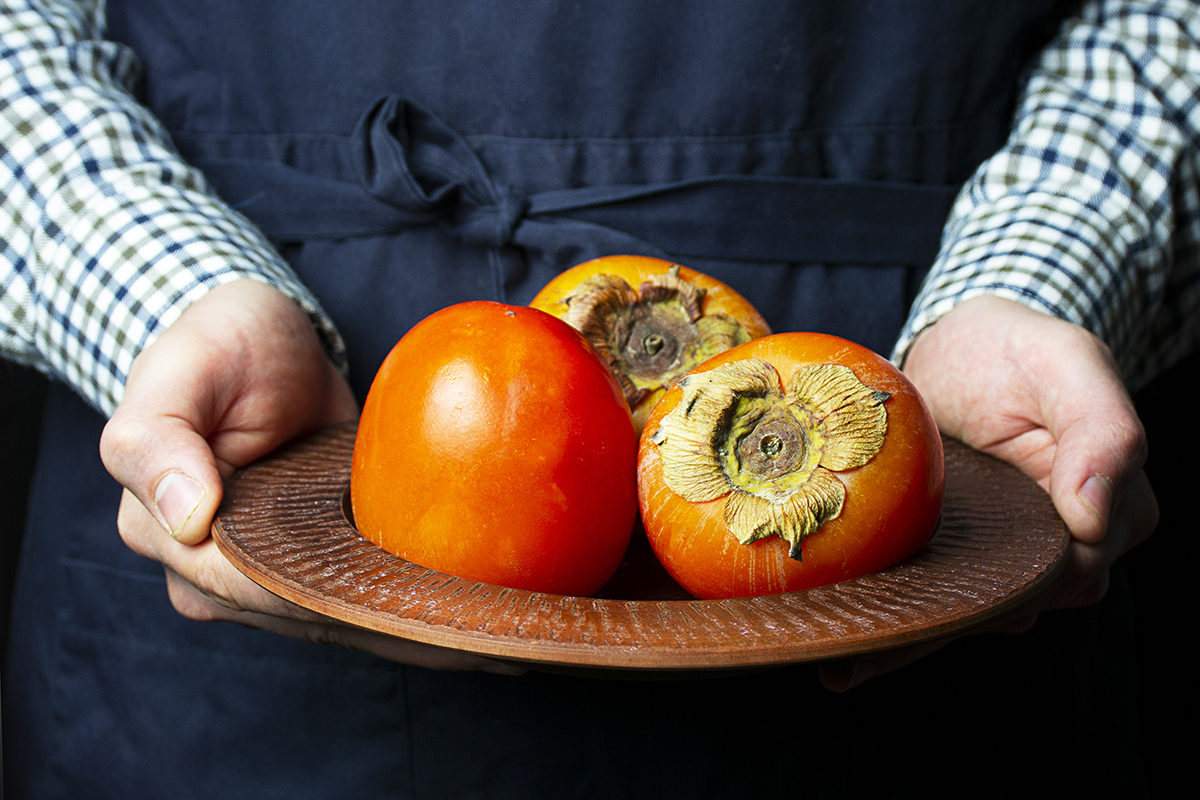Your Guide to the 10 Best Autumn Foods to Eat in Japan
As the summer heat fades and the leaves change to vibrant shades of red and gold, a whole new world of delicious seasonal food emerges. Known as shoku no aki or “Autumn of appetite,” Japan offers a range of delectable dishes only available in the fall. While many visit Japan in Autumn to see the stunning foliage, the cooler weather also brings a harvest of incredible fish, mushrooms, vegetables and fruits that are at their peak.
This guide highlights 10 must-try foods to add to your culinary checklist this season, offering a taste of Japan’s most celebrated autumn flavors.
Which Seasonal Fish are Best to Eat in Autumn?
During Autumn, fish fatten up to prepare for the winter, making it a prime season for seafood in Japan. Sanma (Pacific saury) and sake (salmon) are two famed fish in Japan for the autumn season.
- Sanma: The name literally means “Autumn knife fish,” a nod to its seasonality and slender shape. Sanma are at their fattiest from September to October, and they are traditionally grilled with a sprinkle of salt and served with a wedge of lemon or grated daikon (radish) to balance the richness.
- Sake: While salmon is available year-round, the salmon that returns to rivers in the fall (called aki-ajisake) is known for its firm texture and rich flavor. It’s best from September to November. A popular way to eat it is grilled with salt (shioyaki) or simmered in a hearty, miso-based hot pot called Ishikari Nabe.

Why are Bonito and Oysters So Popular in Autumn?
Beyond sanma and sake, autumn brings a second season for another popular fish and the beginning of the oyster season.
- Katsuo (bonito): Bonito has two peak seasons; the spring catch is known for its lean texture while the autumn variety, called modori-gatsuo (returning bonito), is fattier and has a deeper, more robust flavor. It’s often enjoyed as sashimi or lightly seared with ponzu sauce and a slice of garlic.
- Magaki (Pacific oyster): Known for their plump and creamy texture, pacific oysters come into season in October. There are several ways to enjoy them such as eating them raw with a squeeze of lemon, grilled with a splash of soy sauce, or deep-fried in a crispy breading.

Which Vegetables and Fruits are a Must-Try?
Though Japan’s autumn seafood has much to offer, there’s also a diverse selection of starchy vegetables and sweet fruits to choose from.
- Satsuma-imo (sweet potato): The Satsuma-imo is a sweet and starchy treat often sold roasted from street carts as yaki-imo and is a staple autumn treat. Its simple and comforting flavor is a key ingredient in many desserts.
- Kuri (chestnut): Chestnuts are a traditional Japanese autumn snack with a history of being eaten for thousands of years. From the savory kuri gohan (chestnut rice) to sweet desserts such as kurikinton (sweetened mashed chestnuts), you’ll find them in a diverse range of dishes.
- Matsutake (mushroom): Matsutake is a rare and highly prized delicacy that is often referred to as, “the king of autumn mushrooms.” Its spicy aroma and meaty texture are cherished in traditional Japanese cuisine. It is often grilled and steamed with rice to create matsutake gohan, or served in a delicate soup called dobin mushi.

What are the Best Autumn Fruits to Enjoy?
Japan’s autumn fruits are famous for their exceptional sweetness and quality.
- Budou (grapes): From the Kyoho to the high-end Shine Muscat, Japanese grapes are known for their large size and intense sweetness. They hit their peak in October, making them a refreshing and indulgent snack best eaten fresh.
- Kaki (persimmon): This iconic autumn fruit is a symbol of autumn. It can be eaten firm and crisp—like an apple—or soft and juicy. Both types offer a distinct, honey-like flavor that is unique to the season.
- Ringo (apple): While available year-round, apples from regions such as Aomori hit their peak season from October to December. Known for their perfect round shape and crisp, sweet taste, they are a staple of the season and are often sold as beautiful gifts.

Japanese Autumn Foods FAQs
- Where can I try these foods in Japan? You can find many of these foods at local restaurants, supermarkets and traditional markets during the autumn season. Some, such as roasted sweet potatoes, are sold by street vendors as well.
- Are these foods expensive? Most of these foods are very affordable with the exception of Matsutake mushrooms. These are a luxury gourmet item and can be quite expensive.
- What is shun (旬)? Shun is the Japanese concept of a food’s peak season where it is at its freshest and most flavorful. The foods listed in this guide are all at their shun in autumn.
- What should I drink with these foods? Many of these savory dishes pair perfectly with sake or shochu. For non-alcoholic options, a warm green tea is an excellent complement to most of these foods, particularly the desserts.
Enjoy the Flavors of Fall
The autumn foods of Japan offer a comforting and delicious way to experience the season. By trying these dishes, you’ll not only enjoy a fantastic meal but also connect with the rich culinary traditions of the country.This is a great way to immerse yourself in the beauty of Japanese autumn. If you’d like to learn more about different Japanese culinary traditions, explore our previous guides as well.

